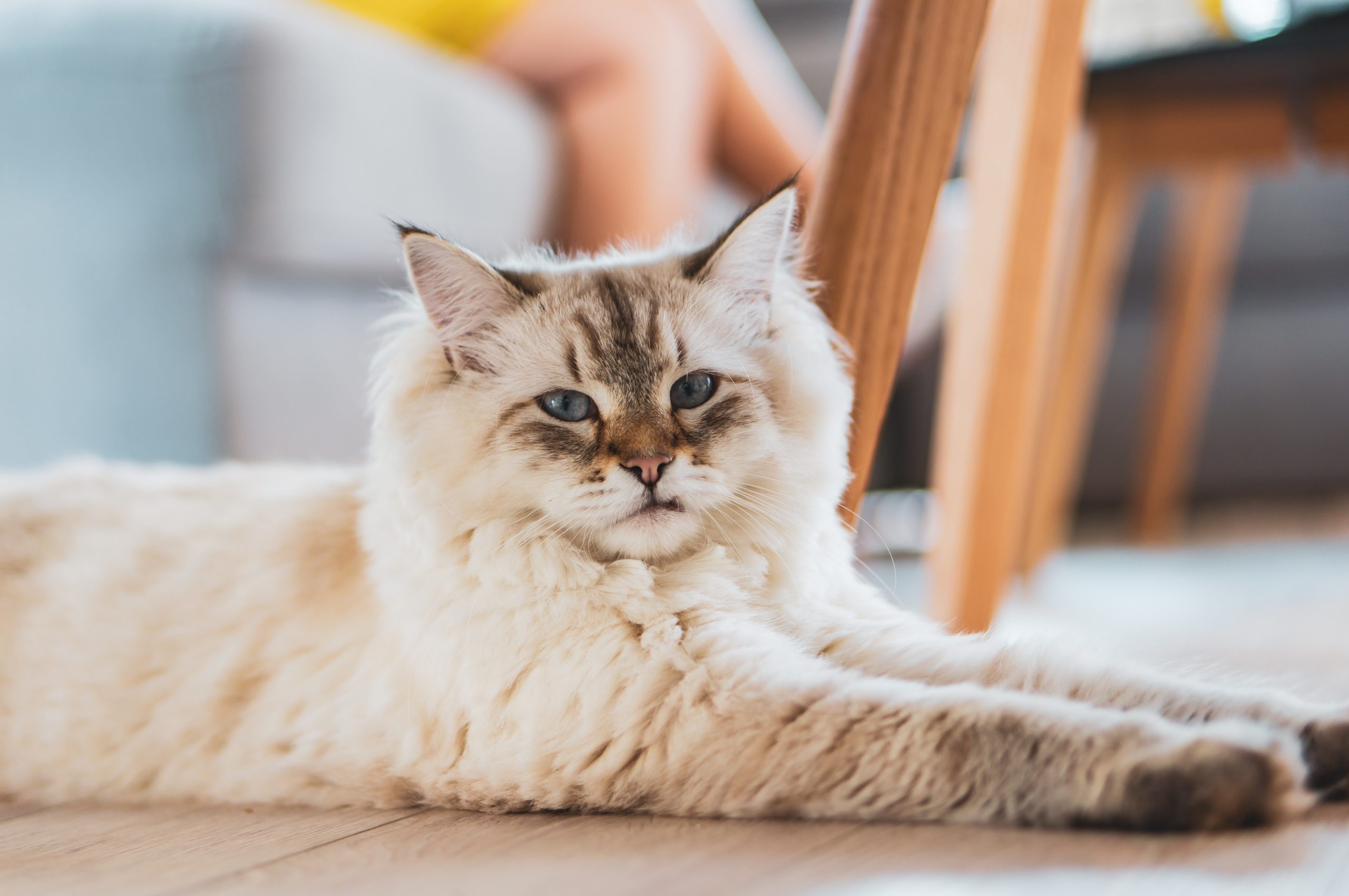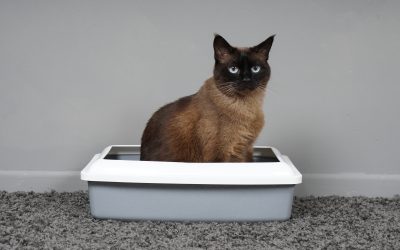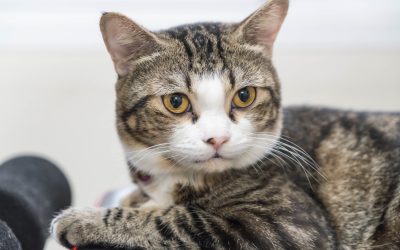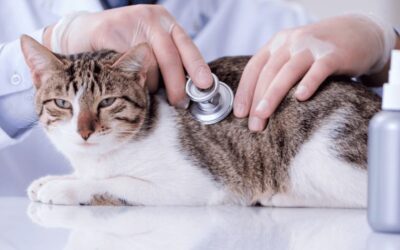Kidney Failure in Cats: Stages, Symptoms & Help
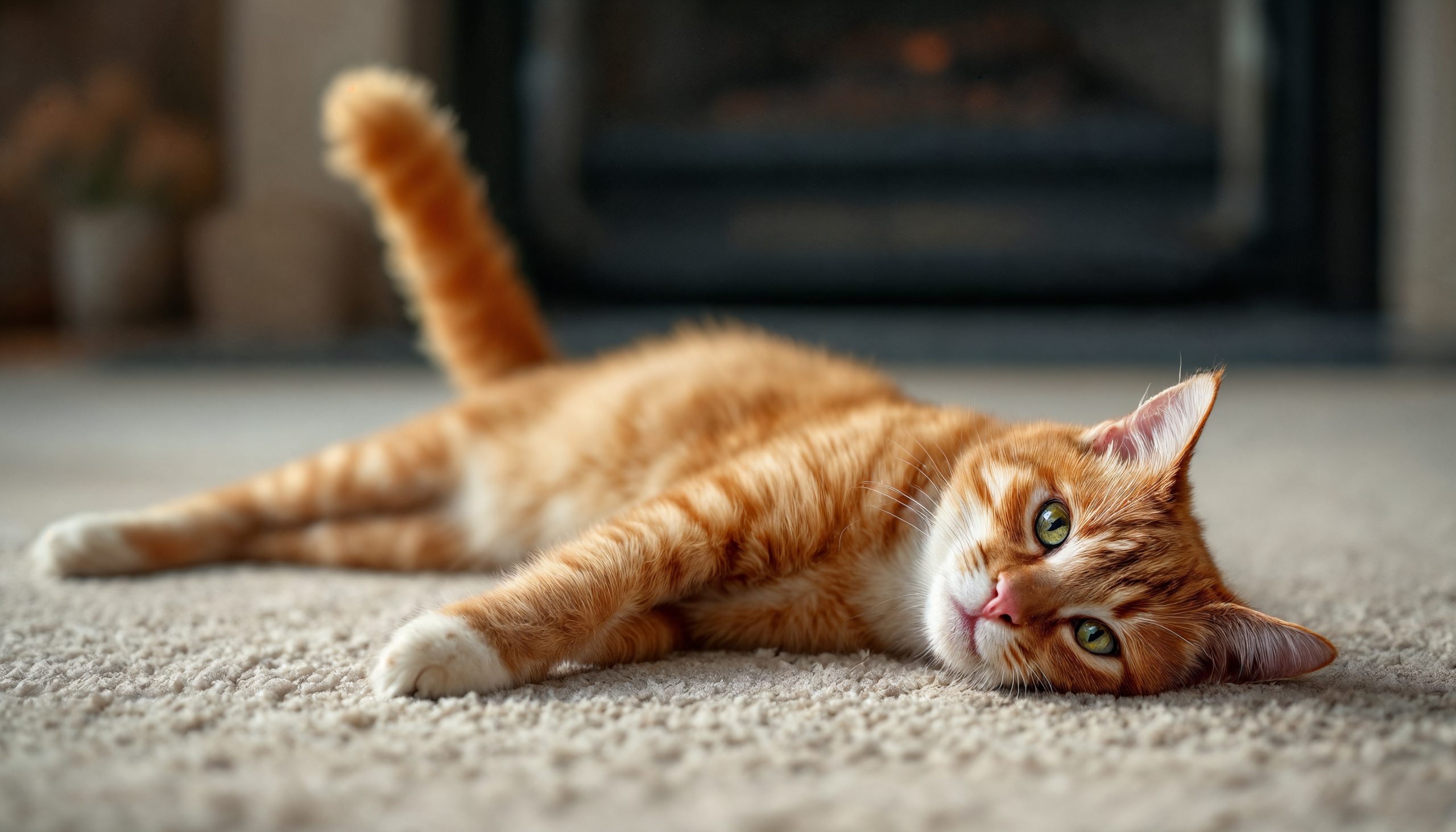
Kidney failure, also called renal disease, is a common issue in older cats. As our feline friends age, their kidneys may not function as well as they once did. This can affect their comfort and overall well-being.
That’s why it’s so important for cat parents to understand what kidney disease looks like, its causes, and how to manage it. With the right knowledge and care, you can help your cat live a happier, healthier life—even with kidney problems.
This guide will walk you through the basics of kidney failure in cats, including symptoms to watch for, what the different stages mean, and how you can support your cat at home.
What Exactly Is Kidney Failure in Cats?
Your cat’s kidneys do a lot behind the scenes. They filter waste, balance fluids and electrolytes, and help produce hormones that regulate functions such as blood pressure.
When the kidneys begin to lose their ability to perform these functions, it’s called kidney failure. There are two main types:
- Acute kidney failure, which comes on suddenly (often from toxins, infections, or trauma).
- Chronic kidney disease (CKD), which develops slowly over time. This is especially common in older cats.
Signs Your Cat May Have Kidney Problems
Spotting kidney issues early can make a huge difference. Here are some common signs to watch for:
- Drinking and peeing more than usual – often one of the first things you’ll notice.
- Losing weight or not wanting to eat.
- Seeming tired or weak.
As a veterinarian, Jamie Case, DVM explained in the PetMD article:
“In cats with acute kidney failure, symptoms include:
- Sudden onset of decreased appetite or anorexia
- Lethargy or listlessness
- Vomit, sometimes tinged with blood
- Diarrhea or bloody diarrhea
- Weight loss
- Ammonia-like odor to the breath (due to uremic toxins building up in the blood)
- Changes in urination (increased frequency, large amounts or cessation)
- Abdominal pain due to swollen kidneys (seen in cases of acute kidney failure in cats)
In cats with end-stage kidney failure associated with chronic kidney disease, clinical signs include:
- Anorexia/refusal to eat
- Dehydration
- Confusion (possibly pacing and restlessness)
- Changes in behavior (withdrawn, irritability)
- Uncontrolled urination or defecation
- Drinking more water than normal”
Understanding the Stages of Kidney Disease
Your vet may talk about your cat’s “stage” of kidney disease. This refers to the level of advancement, primarily based on bloodwork and symptoms.
- Stage 1: Early changes in the kidneys, often with no obvious symptoms.
- Stage 2: Mild to moderate kidney trouble, usually with increased thirst or urination.
- Stage 3: More noticeable weight loss, appetite changes, and tiredness.
- Stage 4: Advanced disease, when your cat may feel quite unwell.
Common Causes of Kidney Problems in Cats
Kidney disease often happens simply because of aging—kidneys naturally wear out over time. But other things can contribute, too:
- Genetics (some breeds, like Persians, are more prone)
- Infections or exposure to toxins like antifreeze or lilies
- High blood pressure or dental disease that spreads bacteria to the kidneys
Early Clues You Might Overlook
Cats are good at hiding when they don’t feel well. Some early hints might just seem like quirks, such as:
- Being less playful or social.
- Grooming less, so their coat looks messy.
- Vomiting more than usual.
How Vets Diagnose Kidney Disease
If your vet suspects kidney problems, they’ll likely recommend:
- Blood tests to check for waste products, such as creatinine and BUN.
- Urine tests are used to assess how well the kidneys concentrate urine and to detect the presence of protein or infections.
- Imaging, such as ultrasound or X-rays, is used to assess kidney size and shape.
How You Can Help a Cat with Kidney Disease
While there’s no cure for chronic kidney disease, there’s a lot you can do to help your cat feel better and live longer:
- Special kidney diets are designed to be lower in protein, phosphorus, and sodium, thereby easing the workload on the kidneys.
- Extra fluids, sometimes administered under the skin at home, help keep your cat hydrated and aid in flushing out toxins.
- Medications, if needed, for things like high blood pressure, nausea, or anemia.
Tips to Help Prevent Kidney Trouble
While you can’t always prevent kidney disease, you can take steps to support your cat’s kidney health:
- Schedule regular vet check-ups, including blood and urine tests.
- Encourage your cat to drink plenty of fresh water.
- Feed a balanced, high-quality diet that meets their specific needs.
Can Odie Pet Insurance Cover Veterinary Treatments for Your Cat?
Depending on the specific policy, pet insurance can cover the diagnosis, treatment, and management of kidney failure in cats.
Reimbursement
This method is the most common for pet insurance companies. You pay out of pocket for the veterinarian bill, and then the insurance company reimburses you for what’s covered under the insurance plan. The steps look like this.
- You pay the vet bill after your cat’s visit.
- You fill out the pet insurance claim form.
- Submit the claim form and other required documentation to the insurer.
- After the claim is approved, you will be reimbursed for eligible expenses.
Odie’s Illness and Injury pet health insurance plan offers comprehensive coverage for your cat.
What Does Odie Pet Insurance Cover?
Pet insurance covers various veterinary expenses, providing financial protection and peace of mind for pet owners. Here are the details of the coverage options offered by Odie Pet Insurance:
Illness & Injury Plan
The Illness & Injury Plan is an all-inclusive insurance plan designed to cover a wide range of medical needs for your pet. This plan includes comprehensive coverage for various illnesses, injuries, and veterinary services. Some of the covered items include:
- Veterinary exams and consultations
- Diagnostics (e.g., X-rays, lab tests)
- Prescribed medications
- Surgeries and hospitalization
- Rehabilitation, acupuncture, or chiropractic treatments
- Medically necessary supplies
- Euthanasia and cremation
The Wellness Plan
The Wellness Plan is a monthly membership that focuses on preventive care and covers routine veterinary services.
- Provides reimbursements for routine care items such as wellness visits (exams and vaccines), testing and parasite prevention, dental cleanings and at-home dental care, vitamins, supplements, and more.
- Through Odie’s partnership with Petivity, a leader in smart pet products and proactive care, Wellness Plan members can also receive reimbursements for Petivity devices and health kits, as well as eligible Purina food and supplements.
- Total reimbursement up to $700 per year.

